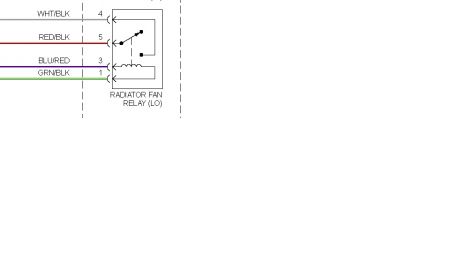It is extremely rare for the gauge's temp. Sensor to fail. If the resistance value is off a little, the gauge will just read a little high or low. Problems occur when someone installs the sensor with teflon tape around the threads to insure a good seal. Most of these sensors use a single wire. The second wire is the threaded body. Teflon tape can insulate the sensor and the gauge will stay on full cold. Another problem is bent and stretched pins in the connector.
All kinds of new problems are showing up on newer cars because instead of simple mechanical gauges, instrument clusters are unreliable computer modules that run the gauges which are just voltmeters. Information is passed through the body computer, then sent to the cluster. Since computers over-complicate the circuitry, gauges are giving a lot more problems than in the past. Nevertheless, the gauge circuitry is completely independent of the computer controls that affect engine performance.
Temp sensors for the engine computer always have two wires. Rather than using the brass threads for the ground connection, the ground wire goes back through the computer so it can monitor current flow. These sensors have caused a lot of problems on Fords, but not on other car brands. If anything causes an open circuit, such as unplugging it, the computer won't know actual engine temperature, so the it will command the radiator fan on in case the engine is overheating. On older cars, this also killed any electronic timing advance. It was common practice to unplug the sensor when setting base ignition timing with a distributor when doing a tune-up.
Under normal conditions, the engine computer turns the radiator fan relay on at 210 or 212 degrees, and off at 198 degrees. In addition, the computer will command the relay on whenever the air conditioning is turned on because of the extra heat load presented by the condenser which sits in front of the radiator. On some models, the fan runs constantly with the AC on. On some models, the compressor cycles on and off, and the fan cycles on and off at the same time. This cycling has nothing to do with engine coolant temperature. It is in anticipation of the condenser temperature.
The engine computer performs a check on the coolant temp sensor when the engine is cold. It expects the temperature to be the same as the ambient air temp sensor or the battery temp sensor. If significant disagreement is found, the computer may memorize a diagnostic fault code and turn on the "Check Engine" light. This is a pretty rare occurrence.
Hope that clarifies the fan operation. The AC and the temp sensor are two different circuits that independently affect when the radiator fan runs. Your mechanic can connect a hand-held computer that will read out the sensor values the engine computer sees. You can watch coolant temperature rise as the engine warms up. This is the sensor that affects fuel metering and emissions, but it has nothing to do with the gauge.
Caradiodoc
Monday, November 18th, 2019 AT 12:39 PM
(Merged)














